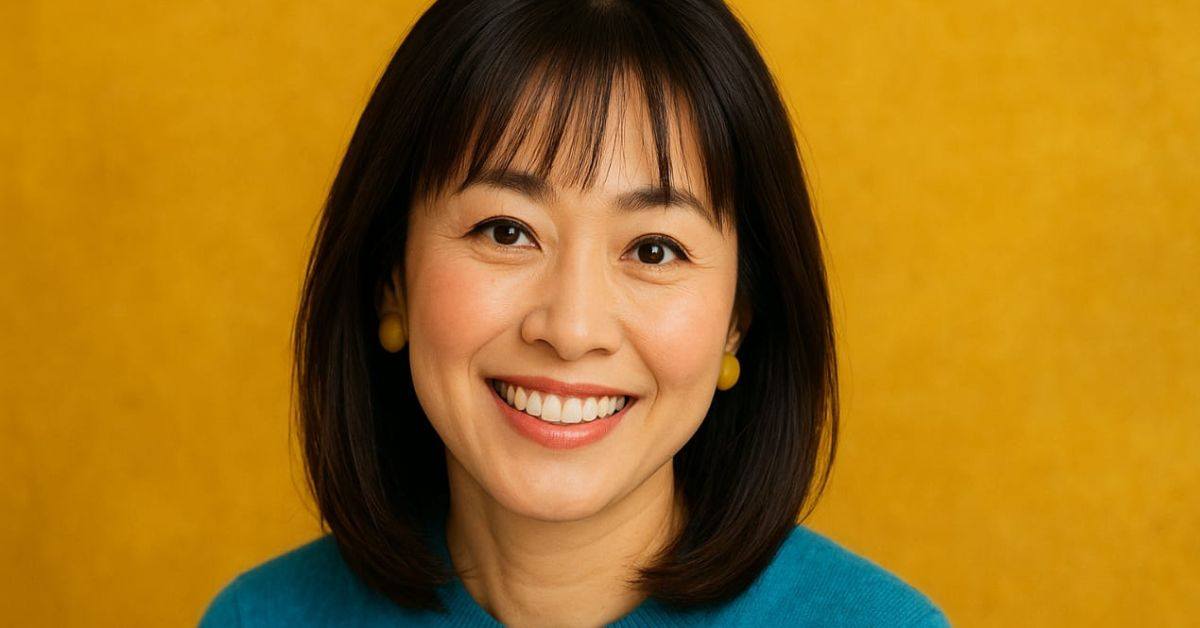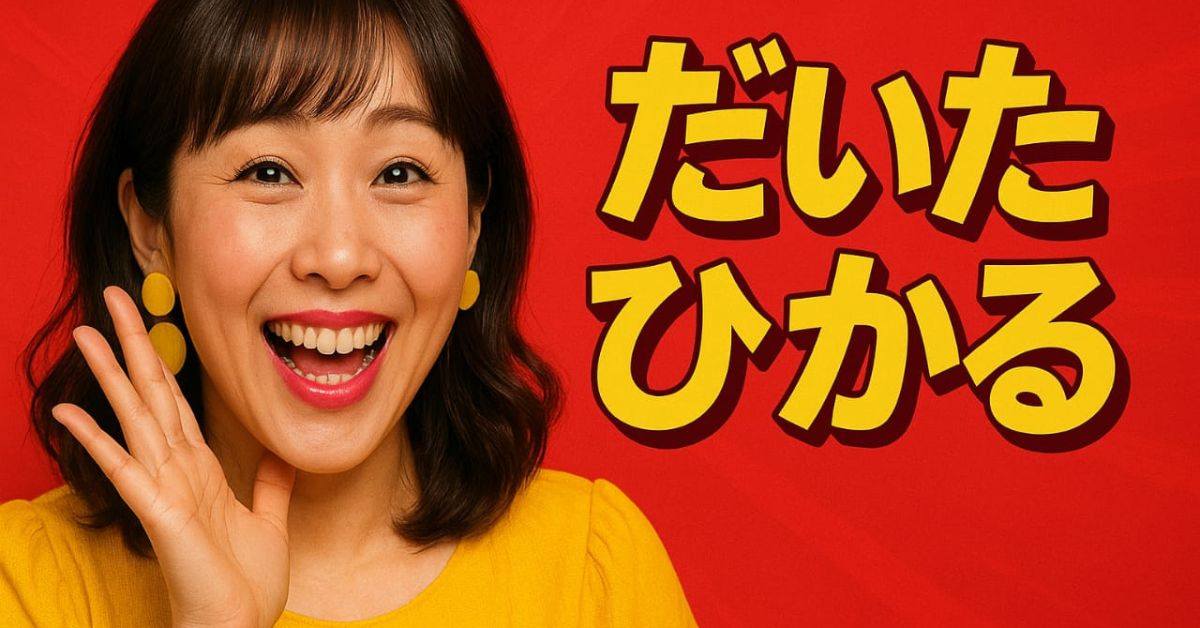Introduction
だいたひかる is a name that holds a unique place in Japan’s entertainment landscape. With a career that spans decades, her influence goes far beyond traditional comedy. She has stood at the intersection of popular culture, personal resilience, and media impact, making her story valuable not only to fans of Japanese entertainment but also to individuals interested in human courage and transformation.
In a world increasingly shaped by superficial celebrity trends, her story offers depth, vulnerability, and inspiration. Whether you’re curious about her contributions to Japanese comedy, looking for insights into life after illness, or trying to understand how public figures shape cultural identity, this article explores it all with fresh insights and updates as of 2025.
Let’s take a closer look at the woman behind the stage persona—what she represents today, and how her journey remains deeply relevant in the age of authenticity and emotional strength.
Early Life and Cultural Background

Before she became a household name, だいたひかる had humble beginnings. Born in Saitama Prefecture, Japan, she grew up in a typical Japanese middle-class family where creativity wasn’t a handed-down legacy but a personal discovery.
Her upbringing was marked by early exposure to books, public school events, and the TV variety shows that began flourishing in the ‘80s and ‘90s. These environments nurtured her curiosity and gave her a sense of humor rooted in the everyday absurdity of life.
Her journey echoes those of many artists: balancing societal expectations with inner desires. In a fundamentally conservative culture, taking the road less traveled was risky—but her resolve was exceptional even in her early years.
Discover だいたひかる’s inspiring story and unlock exclusive offers with your JoinCRS.com Code. Don’t miss out!
Entry Into the World of Comedy
Comedy wasn’t her first career choice. Initially pursuing graphic design, だいたひかる transitioned to comedy in her mid-20s. Her background in visual arts played a crucial role in shaping her minimalist but impactful comedic delivery.
She enrolled in Yoshimoto Kogyo’s comedy school, a major institution in Japan famous for producing talents like Downtown and Ninety-nine.
Her early acts were fresh, often anchored in monologue-style banter that highlighted the mundane with surreal sarcasm—a far cry from the loud, physical humor popular at the time.
This gave her stand-up performances a relatable and slightly intellectual edge, earning her loyal fans.
Style and Signature Appeal
Uniqueness is what makes a comedian memorable—and that’s where she truly excelled.
Her catchphrase “I don’t think so!” (「間違いない!」の逆) became her trademark. Delivered deadpan, with a slight tilt of the head and a perfectly-timed pause, it was both comic punch and cultural mirror.
Her style combines
- Dry, self-reflective humor
- Low-energy delivery that contrasts high-paced media
- Real-life topics like failed relationships or social awkwardness
- Timing that feels musical
This level of mastery doesn’t come from imitation—it comes from lived experience.
Major Breakthrough and National Fame
She rose to national visibility in the early 2000s with wins in various TV competitions like “R-1 Grand Prix,” Japan’s solo comic contest.
What set her apart back then was her authenticity. In a world where comedians often wore masks of exaggerated hilarity, she brought everyday anxiety and discomfort to the stage, making it okay to laugh at failure—and perhaps learn from it.
Numerous TV appearances, magazine interviews, and comedy specials followed. For almost a decade, だいたひかる was a staple in Japan’s pop culture arsenal. What she represented was not just humor, but emotional relief at a time when Japan was facing economic and social transitions.
Personal Challenges: Battle With Cancer
In 2016, her life took a dramatic turn when she was diagnosed with breast cancer. She went public with her health condition—a rare move in Japan where privacy and stoicism are culturally enforced.
Her openness created waves of support and awareness. She documented surgeries, treatments, and radiation therapy on her blog, transforming the image of what a Japanese celebrity is “allowed” to share.
This moved her beyond entertainment into advocacy. She started working with cancer patients and nonprofits, appearing in hospital forums, and promoting early detection.
She battled cancer not just as a patient, but also as a public figure using her voice to influence national conversations around women’s health.
Return to the Spotlight: A Different Stage
After surviving multiple treatments, だいたひかる made a slow but powerful return to the spotlight—not as the same comedian, but as a multifaceted woman.
She now hosts talks, creates thought-provoking content, and collaborates with socially conscious brands. Her comedy reflects a mature tone—less about punchlines, more about reflection.
It’s a new form of engagement with her audience, built on emotional honesty. In a world falling in love with podcast culture and slow content, her return is timely.
The Japanese concept of “ikigai” (reason for being) finds a modern example in her: evolving purpose rooted in resilience and reinvention.
Social Media and Fan Connection
Unlike traditional celebrities who distance themselves from fans, her social media strategy is personal. Her blog remains active, filled with book reviews, photos from nature walks, and raw updates on her still-ongoing health journey.
Key Digital Platforms She Uses
- Instagram: Inspiring health updates and everyday joy
- YouTube/Podcasts: Occasional deep dives into societal issues
- Twitter/X: Minimalist jokes, daily reflections
This micro-engagement philosophy—sharing small but meaningful content—has won her a new generation of fans in their 20s and 30s, many of whom weren’t around during her early fame.
Influence on Japanese Comedy Culture
Her legacy goes far beyond personal flairs. Her minimalist, deadpan wit birthed a new brand of Japanese comedy where silence and awkward pauses are tools, not mistakes.
Notable changes influenced by her style
- Increased space for female solo comedians
- A shift from slapstick to observational humor
- Acceptance of personal trauma as a legitimate topic in comedy
In 2025, her impact is being taught in performance workshops and featured in YouTube retrospectives about the evolution of Japanese media.
Lessons From Her Life
The power of her journey lies in the lessons it offers. Here’s what we can all carry forward from her example:
- Embrace vulnerability: It builds real human connections
- Pursue reinvention: Don’t fear second acts or new beginnings
- Balance humor with gravity: True art often lives in contrast
- Speak openly about health: It saves lives
She doesn’t just entertain—she enlightens, making topics like illness, loss, and aging approachable without stripping them of dignity.
What だいたひかる Represents in 2025
In today’s Japan, she symbolizes emotional authenticity in public life.
No longer just a performer, she is a cultural figure whose presence encourages dialogue about health, feminism, and self-worth in a society that often resists change.
She’s not producing constant viral content or headline-grabbing controversies. Instead, she’s doing something radical in the digital age—staying real.
Her legacy is now measured not just by laughs, but by hope, healing, and human connection.
Visuals and Data
Table 1: Career Timeline of だいたひかる
| Year | Milestone |
| Early 2000s | Wins R-1 Grand Prix |
| 2016 | Cancer diagnosis announced publicly |
| 2020 | Returns to media with new tone |
| 2025 | Recognized as a cultural figure and public speaker |
Chart: Audience Sentiment Over Time
plaintext
▲
Sentiment |
| ●
| ● ●
| ● ●
| ● ●
|______________________
2010 2015 2020 2025
Frequently asked questions (FAqs)
Is だいたひかる still active in 2025?
Yes, she actively participates in public forums and maintains an online presence.
What kind of comedy is she known for?
Minimalist and observational humor with personal life references.
Did she recover from cancer?
She has undergone treatment and is in remission as of the latest updates.
How can fans follow her latest work?
Her official blog and social media profiles are active and regularly updated.
What’s her biggest contribution to Japanese entertainment?
Normalizing vulnerability and realism in comedy and media dialogues.
Conclusion
The story of だいたひかる is one of transformation, timing, and truth. From charting her own path in comedy to openly confronting life-threatening illness, she shows what it means to evolve while staying true to one’s essence.
Her career proves that laughter doesn’t come from perfection—it comes from shared humanity. In a world flooded with synthetic media, her authenticity is not just refreshing—it’s necessary.
If her story inspired you, don’t just follow—engage. Leave a comment, share with someone navigating a challenge, or revisit her classic performances through a more meaningful lens.
